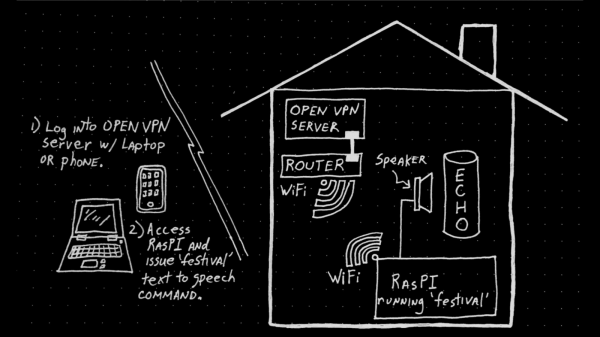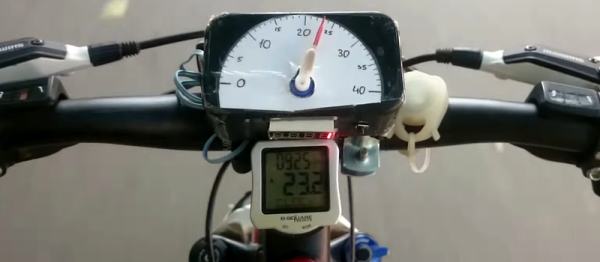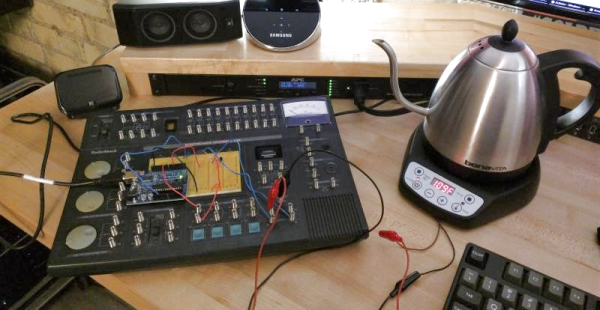My son approached me the other day with his best 17-year-old sales pitch: “Dad, I need a bucket of cash!” Given that I was elbow deep in suds doing the dishes he neglected to do the night before, I mentioned that it was a singularly bad time for him to ask for anything.
Never one to be dissuaded, he plunged ahead with the reason for the funding request. He had stumbled upon a series of YouTube videos about paramotoring, and it was love at first sight for him. He waxed eloquent about how cool it would be to strap a big fan to his back and soar with the birds on a nylon parasail wing. It was actually a pretty good pitch, complete with an exposition on the father-son bonding opportunities paramotoring presented. He kind of reminded me of the twelve-year-old version of myself trying to convince my dad to spend $600 on something called a “TRS-80” that I’d surely perish if I didn’t get.
Needless to say, the $2500 he needed for the opportunity to break his neck was not forthcoming. But what happened the next day kind of blew my mind. As I was reviewing my YouTube feed, there among the [Abom79] and [AvE] videos I normally find in my “Recommended” queue was a video about – paramotoring. Now how did that get there?
Continue reading “Paramotoring For The Paranoid: Google’s AI And Relationship Mining”

















